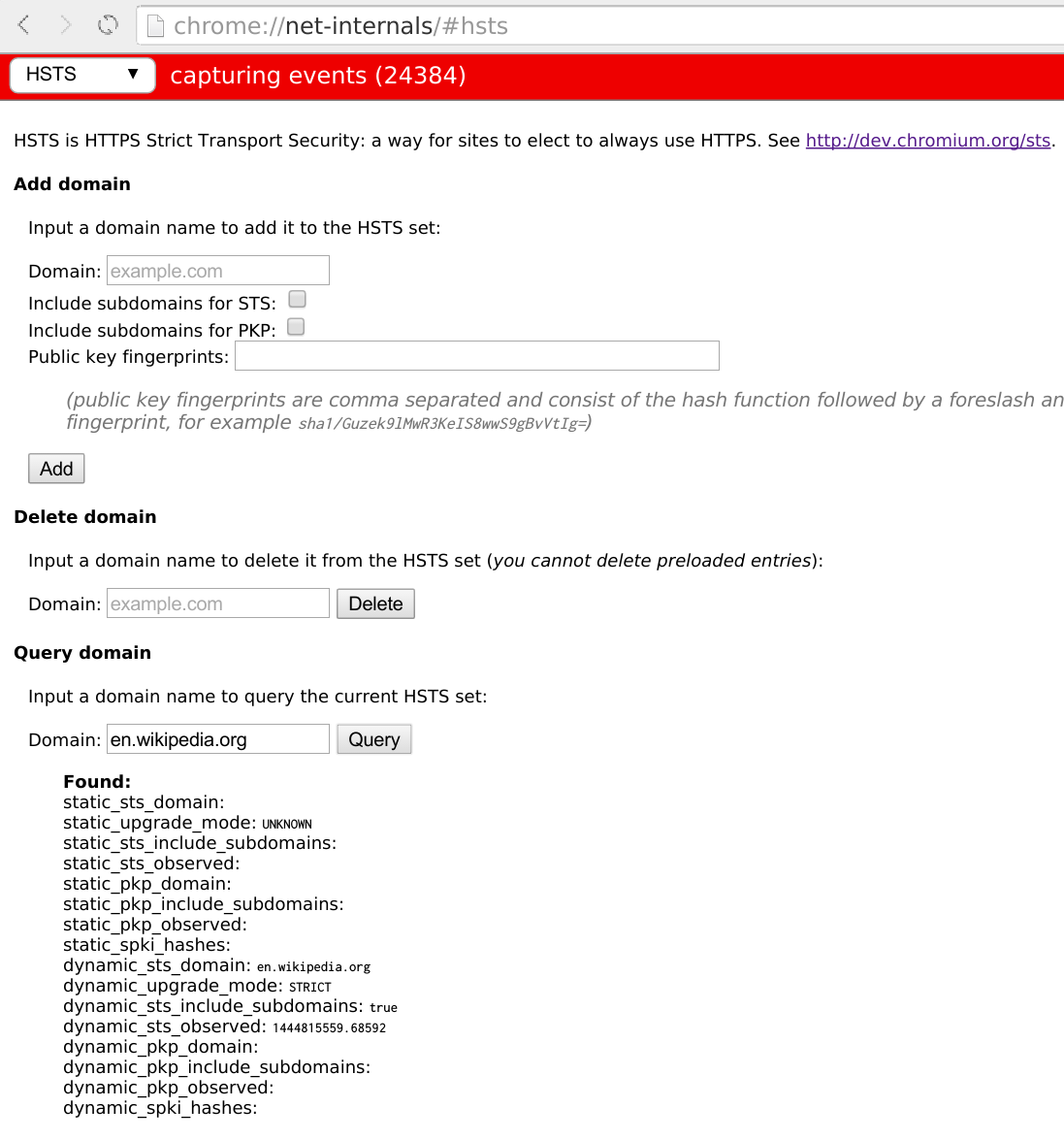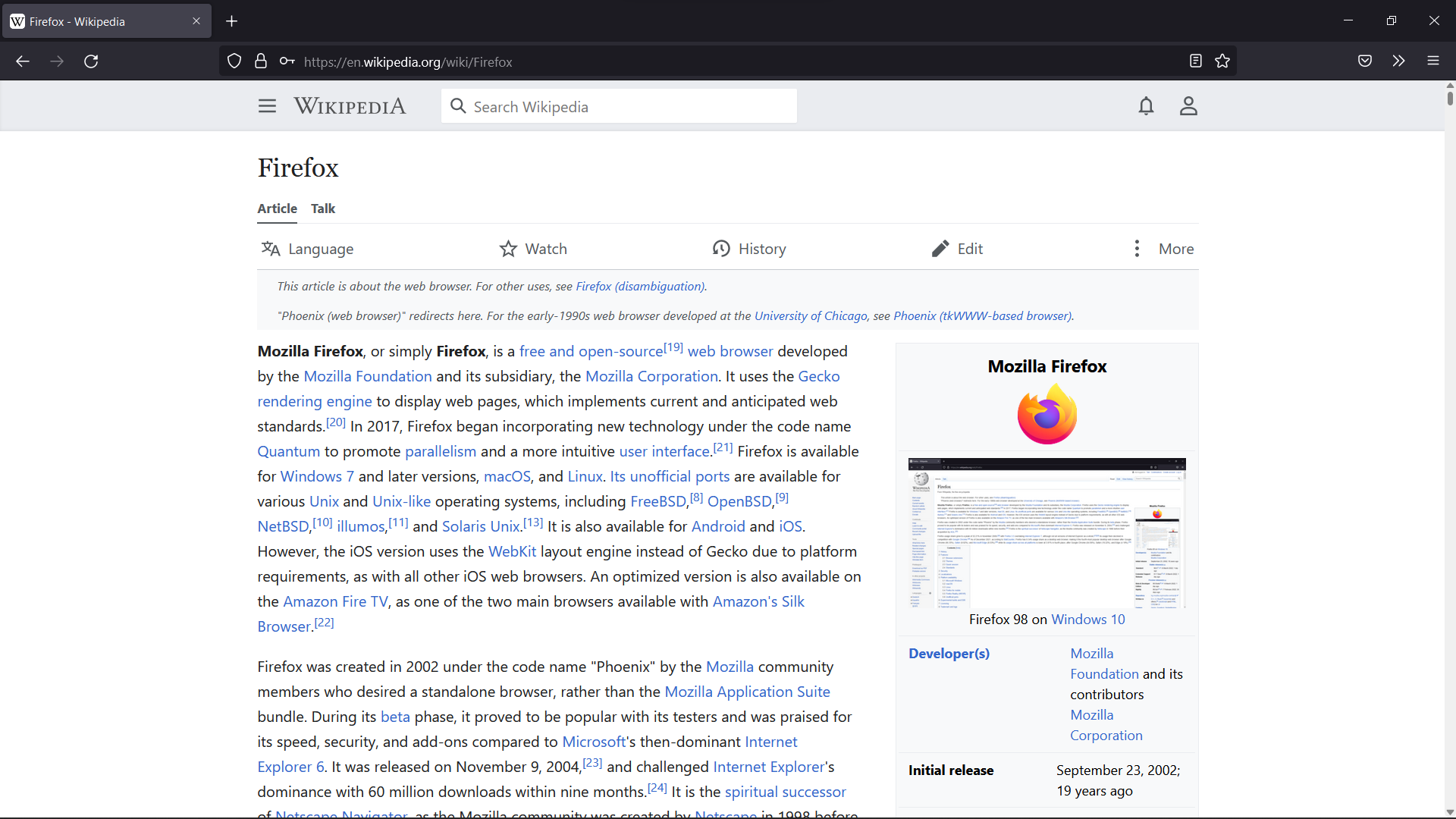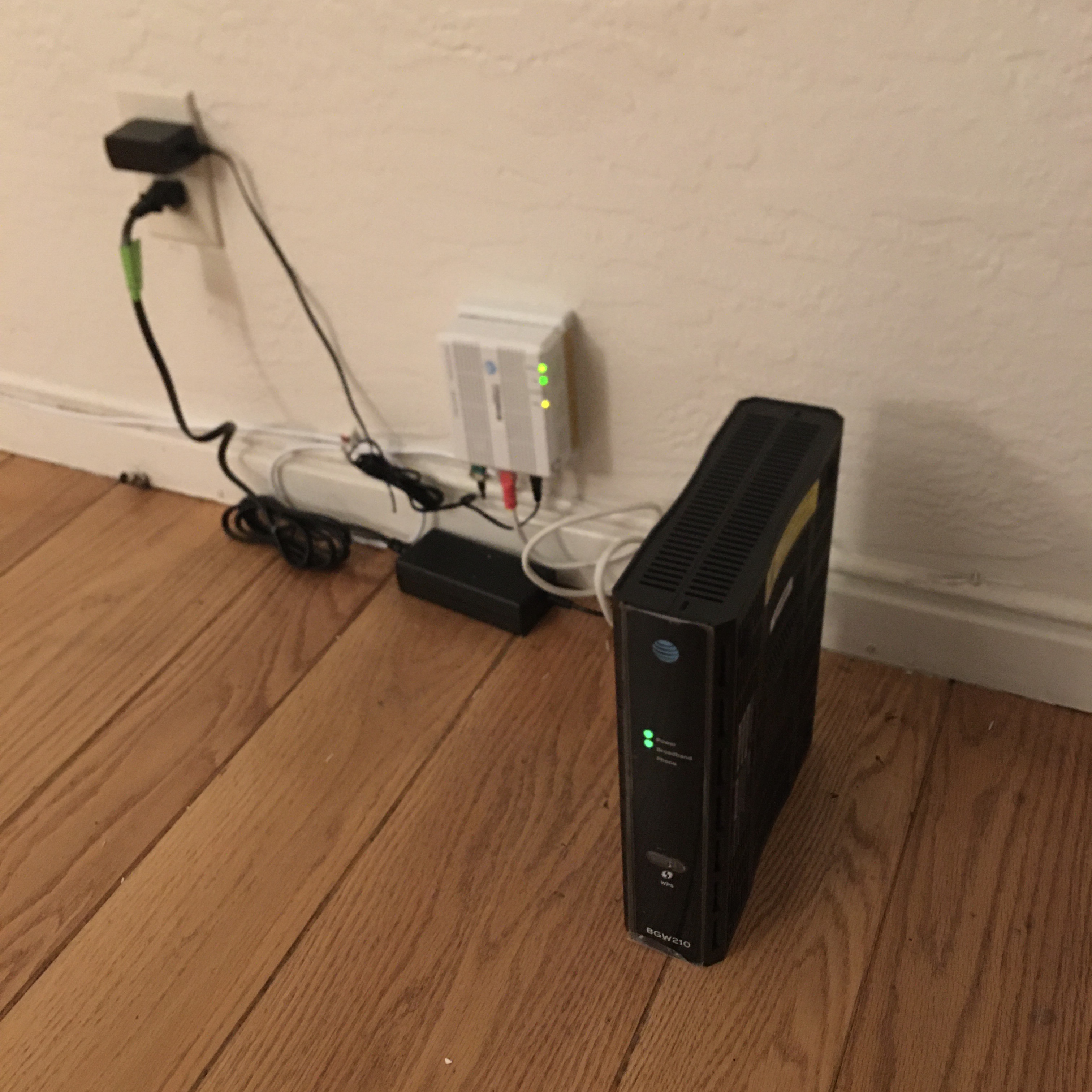|
Firesheep
Firesheep was an extension for the Firefox web browser that used a packet sniffer to intercept unencrypted session cookies from websites such as Facebook and Twitter. The plugin eavesdropped on Wi-Fi communications, listening for session cookies. When it detected a session cookie, the tool used this cookie to obtain the identity belonging to that session. The collected identities (victims) are displayed in a side bar in Firefox. By clicking on a victim's name, the victim's session is taken over by the attacker. The extension was released October 2010 as a demonstration of the security risk of session hijacking vulnerabilities to users of web sites that only encrypt the login process and not the cookie(s) created during the login process. It has been warned that the use of the extension to capture login details without permission would violate wiretapping laws and/or computer security laws in some countries. Despite the security threat surrounding Firesheep, representatives for Mo ... [...More Info...] [...Related Items...] OR: [Wikipedia] [Google] [Baidu] |
Session Hijacking
In computer science, session hijacking, sometimes also known as cookie hijacking, is the exploitation of a valid computer session—sometimes also called a '' session key''—to gain unauthorized access to information or services in a computer system. In particular, it is used to refer to the theft of a magic cookie used to authenticate a user to a remote server. It has particular relevance to web developers, as the HTTP cookies used to maintain a session on many websites can be easily stolen by an attacker using an intermediary computer or with access to the saved cookies on the victim's computer (see HTTP cookie theft). After successfully stealing appropriate session cookies an adversary might use thPass the Cookie techniqueto perform session hijacking. Cookie hijacking is commonly used against client authentication on the internet. Modern web browsers use cookie protection mechanisms to protect the web from being attacked. A popular method is using source-routed IP packets ... [...More Info...] [...Related Items...] OR: [Wikipedia] [Google] [Baidu] |
HTTP Strict Transport Security
HTTP Strict Transport Security (HSTS) is a policy mechanism that helps to protect websites against man-in-the-middle attacks such as protocol downgrade attacks and cookie hijacking. It allows web servers to declare that web browsers (or other complying user agents) should automatically interact with it using only HTTPS connections, which provide Transport Layer Security (TLS/SSL), unlike the insecure HTTP used alone. HSTS is an IETF standards track protocol and is specified in . The HSTS Policy is communicated by the server to the user agent via an HTTP response header field named "Strict-Transport-Security". HSTS Policy specifies a period of time during which the user agent should only access the server in a secure fashion. Websites using HSTS often do not accept clear text HTTP, either by rejecting connections over HTTP or systematically redirecting users to HTTPS (though this is not required by the specification). The consequence of this is that a user-agent not capable of d ... [...More Info...] [...Related Items...] OR: [Wikipedia] [Google] [Baidu] |
Add-on (Mozilla)
Add-on is the Mozilla term for software modules that can be added to the Firefox web browser and related applications. Mozilla hosts them on its official add-on website. Browser extensions are the primary type of add-on. In 2017, Mozilla enacted major changes to the application programming interface (API) for extensions in Firefox, replacing the long-standing XUL and XPCOM APIs with the WebExtensions API that is modeled after Google Chrome's API. Thus add-ons that remain compatible with Firefox are now largely compatible with Chrome as well. Current add-ons Extensions WebExtensions Starting with Firefox 57, only the new WebExtensions API is supported. Themes Early versions of Firefox supported themes that could greatly change the appearance of the browser, but this was scaled back over time. Current themes are limited to changing the background and text color of toolbars. (These lightweight themes were formerly called personas.) Historical add-ons Extensions Legacy ... [...More Info...] [...Related Items...] OR: [Wikipedia] [Google] [Baidu] |
Firefox
Mozilla Firefox, or simply Firefox, is a free and open-source web browser developed by the Mozilla Foundation and its subsidiary, the Mozilla Corporation. It uses the Gecko rendering engine to display web pages, which implements current and anticipated web standards. In November 2017, Firefox began incorporating new technology under the code name " Quantum" to promote parallelism and a more intuitive user interface. Firefox is available for Windows 7 and later versions, macOS, and Linux. Its unofficial ports are available for various Unix and Unix-like operating systems, including FreeBSD, OpenBSD, NetBSD, illumos, and Solaris Unix. It is also available for Android and iOS. However, as with all other iOS web browsers, the iOS version uses the WebKit layout engine instead of Gecko due to platform requirements. An optimized version is also available on the Amazon Fire TV as one of the two main browsers available with Amazon's Silk Browser. Firefox was created in 2002 unde ... [...More Info...] [...Related Items...] OR: [Wikipedia] [Google] [Baidu] |
Packet Analyzer
A packet analyzer, also known as packet sniffer, protocol analyzer, or network analyzer, is a computer program or computer hardware such as a packet capture appliance, that can intercept and log traffic that passes over a computer network or part of a network. Packet capture is the process of intercepting and logging traffic. As data streams flow across the network, the analyzer captures each packet and, if needed, decodes the packet's raw data, showing the values of various fields in the packet, and analyzes its content according to the appropriate RFC or other specifications. A packet analyzer used for intercepting traffic on wireless networks is known as a wireless analyzer or WiFi analyzer. While a packet analyzer can also be referred to as a network analyzer or protocol analyzer these terms can also have other meanings. Protocol analyzer can technically be a broader, more general class that includes packet analyzers/sniffers. However, the terms are frequently used i ... [...More Info...] [...Related Items...] OR: [Wikipedia] [Google] [Baidu] |
HTTP Cookie
HTTP cookies (also called web cookies, Internet cookies, browser cookies, or simply cookies) are small blocks of data created by a web server while a user is browsing a website and placed on the user's computer or other device by the user's web browser. Cookies are placed on the device used to access a website, and more than one cookie may be placed on a user's device during a session. Cookies serve useful and sometimes essential functions on the web. They enable web servers to store stateful information (such as items added in the shopping cart in an online store) on the user's device or to track the user's browsing activity (including clicking particular buttons, logging in, or recording which pages were visited in the past). They can also be used to save for subsequent use information that the user previously entered into form fields, such as names, addresses, passwords, and payment card numbers. Authentication cookies are commonly used by web servers to authentic ... [...More Info...] [...Related Items...] OR: [Wikipedia] [Google] [Baidu] |
Wi-Fi
Wi-Fi () is a family of wireless network protocols, based on the IEEE 802.11 family of standards, which are commonly used for local area networking of devices and Internet access, allowing nearby digital devices to exchange data by radio waves. These are the most widely used computer networks in the world, used globally in home and small office networks to link desktop and laptop computers, tablet computers, smartphones, smart TVs, printers, and smart speakers together and to a wireless router to connect them to the Internet, and in wireless access points in public places like coffee shops, hotels, libraries and airports to provide visitors with Internet access for their mobile devices. ''Wi-Fi'' is a trademark of the non-profit Wi-Fi Alliance, which restricts the use of the term ''Wi-Fi Certified'' to products that successfully complete interoperability certification testing. the Wi-Fi Alliance consisted of more than 800 companies from around the world. over 3 ... [...More Info...] [...Related Items...] OR: [Wikipedia] [Google] [Baidu] |
Mozilla Add-ons
Add-on is the Mozilla term for software modules that can be added to the Firefox web browser and related applications. Mozilla hosts them on its official add-on website. Browser extensions are the primary type of add-on. In 2017, Mozilla enacted major changes to the application programming interface (API) for extensions in Firefox, replacing the long-standing XUL and XPCOM APIs with the WebExtensions API that is modeled after Google Chrome's API. Thus add-ons that remain compatible with Firefox are now largely compatible with Chrome as well. Current add-ons Extensions WebExtensions Starting with Firefox 57, only the new WebExtensions API is supported. Themes Early versions of Firefox supported themes that could greatly change the appearance of the browser, but this was scaled back over time. Current themes are limited to changing the background and text color of toolbars. (These lightweight themes were formerly called personas.) Historical add-ons Extensions Legacy e ... [...More Info...] [...Related Items...] OR: [Wikipedia] [Google] [Baidu] |
Spyware
Spyware (a portmanteau for spying software) is software with malicious behaviour that aims to gather information about a person or organization and send it to another entity in a way that harms the user—for example, by violating their privacy or endangering their device's security. This behaviour may be present in malware as well as in legitimate software. Websites may engage in spyware behaviours like web tracking. Hardware devices may also be affected. Spyware is frequently associated with advertising and involves many of the same issues. Because these behaviors are so common, and can have non-harmful uses, providing a precise definition of spyware is a difficult task.FTC Report (2005)." History The first recorded use of the term :wikt:spyware, spyware occurred on October 16, 1995 in a Usenet post that poked fun at Microsoft's business model.Vossen, Roland (attributed); October 21, 1995Win 95 Source code in c!!posted to rec..programmer; retrieved from groups.google.co ... [...More Info...] [...Related Items...] OR: [Wikipedia] [Google] [Baidu] |
Penetration Test
A penetration test, colloquially known as a pen test or ethical hacking, is an authorized simulated cyberattack on a computer system, performed to evaluate the security of the system; this is not to be confused with a vulnerability assessment. The test is performed to identify weaknesses (also referred to as vulnerabilities), including the potential for unauthorized parties to gain access to the system's features and data, as well as strengths, enabling a full risk assessment to be completed. The process typically identifies the target systems and a particular goal, then reviews available information and undertakes various means to attain that goal. A penetration test target may be a white box (about which background and system information are provided in advance to the tester) or a black box (about which only basic information—if any—other than the company name is provided). A gray box penetration test is a combination of the two (where limited knowledge of the target is s ... [...More Info...] [...Related Items...] OR: [Wikipedia] [Google] [Baidu] |
HTTPS
Hypertext Transfer Protocol Secure (HTTPS) is an extension of the Hypertext Transfer Protocol (HTTP). It is used for secure communication over a computer network, and is widely used on the Internet. In HTTPS, the communication protocol is encrypted using Transport Layer Security (TLS) or, formerly, Secure Sockets Layer (SSL). The protocol is therefore also referred to as HTTP over TLS, or HTTP over SSL. The principal motivations for HTTPS are authentication of the accessed website, and protection of the privacy and integrity of the exchanged data while in transit. It protects against man-in-the-middle attacks, and the bidirectional encryption of communications between a client and server protects the communications against eavesdropping and tampering. The authentication aspect of HTTPS requires a trusted third party to sign server-side digital certificates. This was historically an expensive operation, which meant fully authenticated HTTPS connections were usually found o ... [...More Info...] [...Related Items...] OR: [Wikipedia] [Google] [Baidu] |





